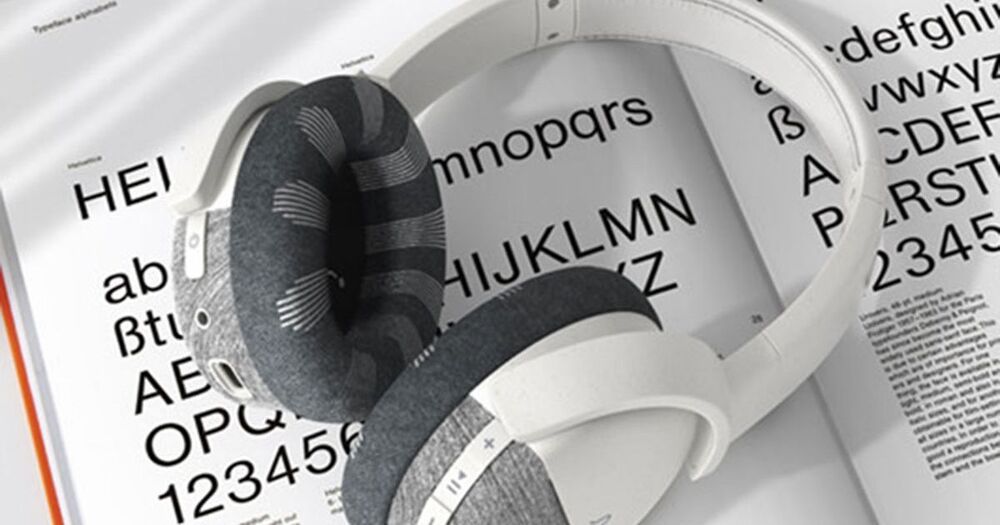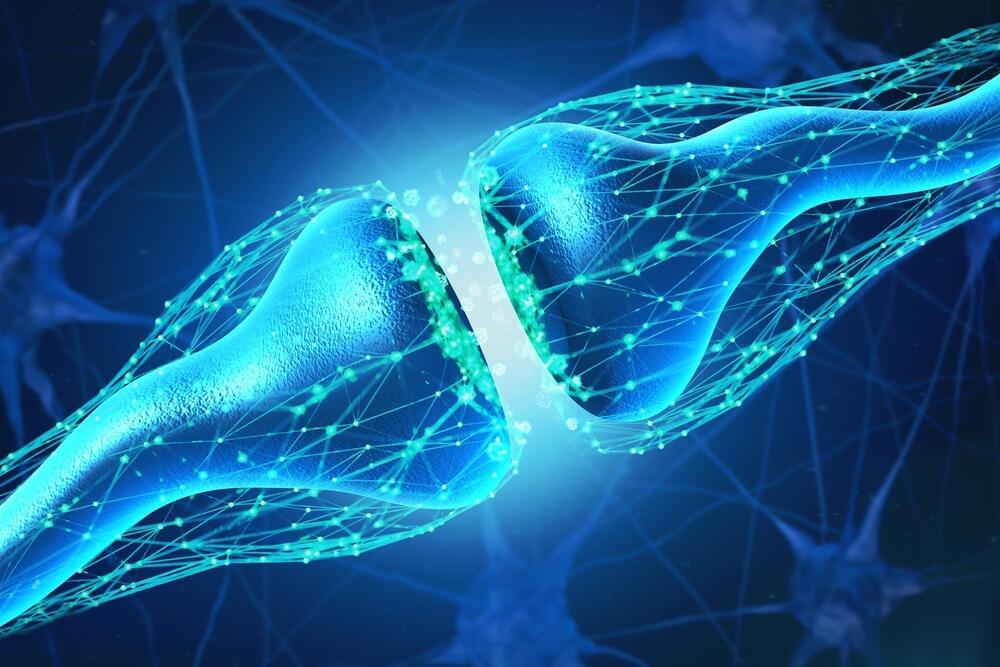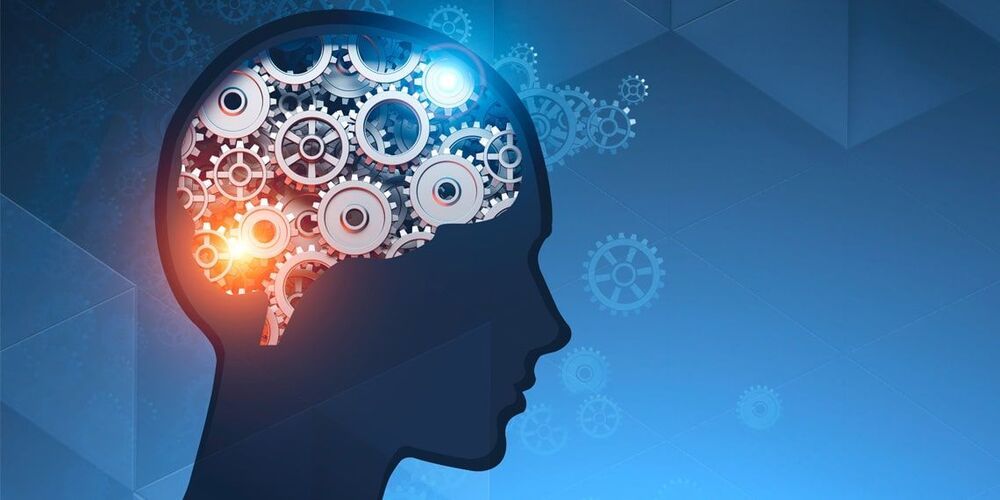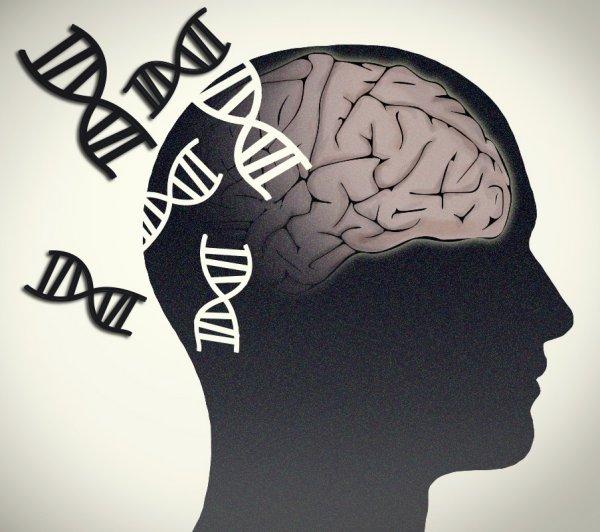Neuralink President Max Hodak tweeted Saturday that he has left the company he co-founded with Tesla and SpaceX CEO Elon Musk. Hodak didn’t elaborate on why he left the company or elaborate on the circumstance for his departure. “I am no longer at Neuralink (as of a few weeks ago),” he tweeted. “I learned a ton there and remain a huge cheerleader for the company! Onward to new things.”
✨Some personal news:✨ I am no longer at Neuralink (as of a few weeks ago). I learned a ton there and remain a huge cheerleader for the company! Onward to new things.— Max Hodak (@max_hodak) May 1, 2021
Neuralink is focused on developing brain-machine interfaces. Last month, the company posted a video to YouTube that appeared to show a monkey with a Neuralink implant in its brain moving a cursor on a computer screen using only its mind.






